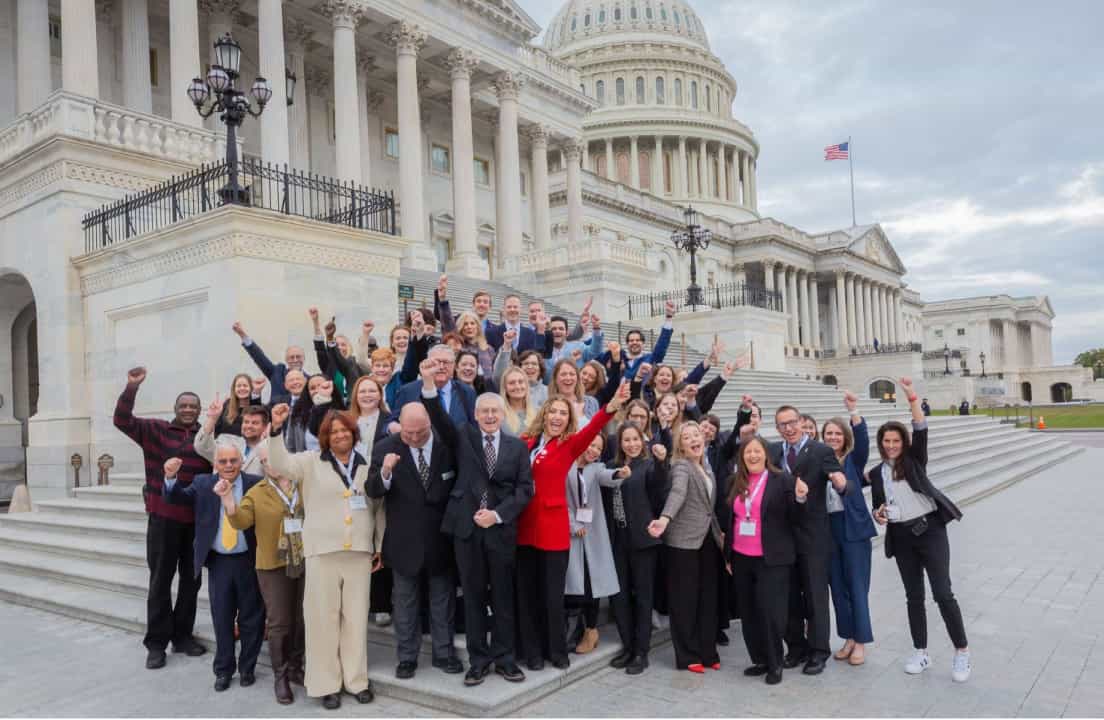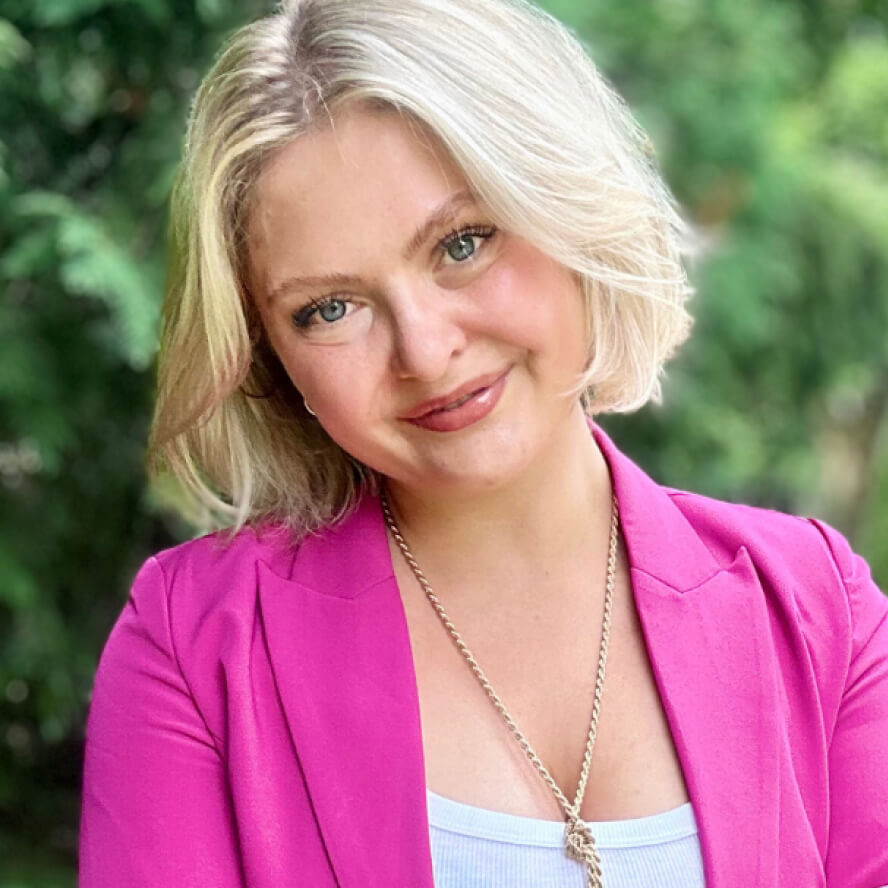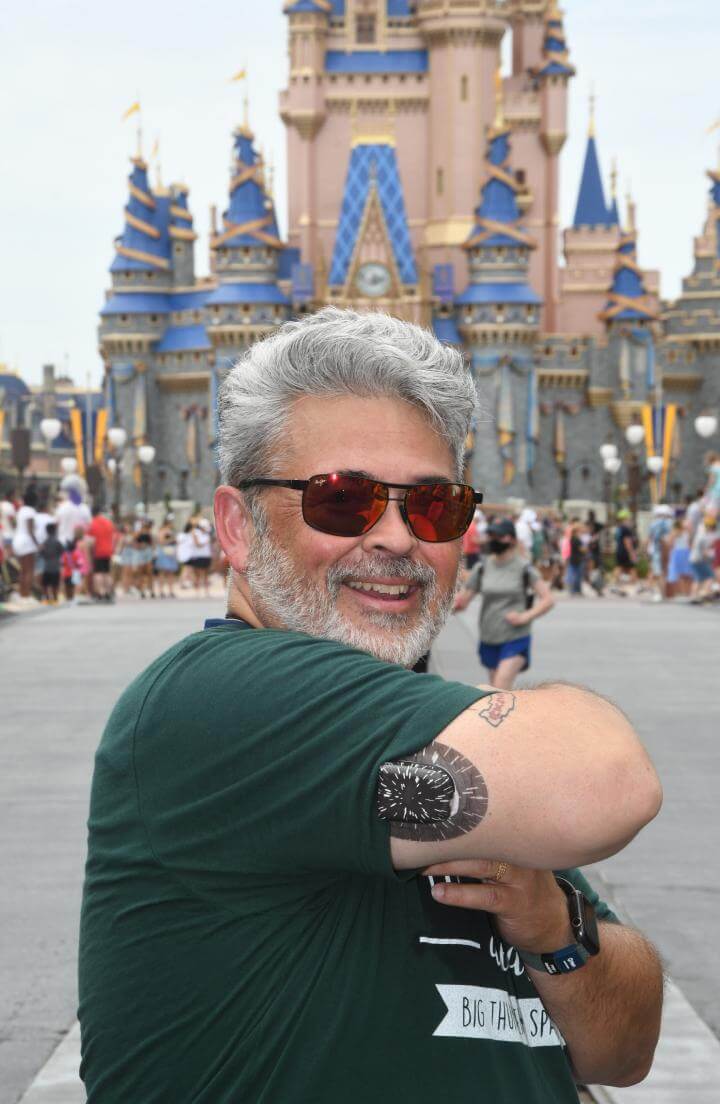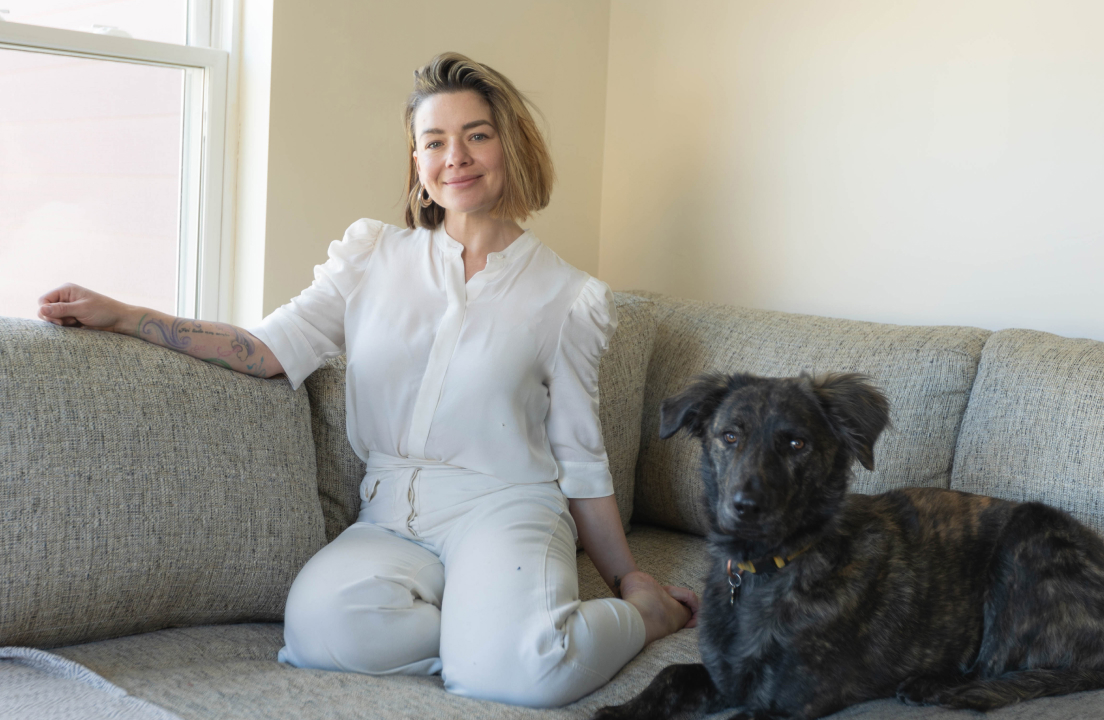T1D Guide
T1D Strong News
Personal Stories
Resources
T1D Misdiagnosis
T1D Early Detection
Research/Clinical Trials
Julia Flaherty: Strength, Community & Self-Compassion with T1D
When Julia Flaherty was diagnosed with type 1 diabetes at 10 years old, her life shifted in an instant. One moment, she was a carefree, bubbly child. Next, she was plunged into a whirlwind of hospital visits, insulin injections, and confusing new terminology. It was the beginning of a lifelong journey — one marked by resilience, transformation, and a deep desire to help others feel less alone.
.jpg)
A Vivid Memory of Diagnosis
“I remember that experience vividly,” Julia said. “It’s one of those moments in life that burns itself into your memory.”
She recalls the fatigue, the unquenchable thirst, the sudden mood swings. “I was too young to be going through puberty, and I was usually a happy girl,” she explained. “So when I became irritable and withdrawn, my friends and family knew something was off.”

When her mom brought her to the doctor, Julia’s blood sugar was in the 500s. She was immediately admitted to the hospital, where she spent the next week immersed in a crash course on how to stay alive with type 1 diabetes (T1D).
“I felt glum. I didn’t fully understand what was happening. I was mourning a life I didn’t know I could lose.”
A few weeks later, with her sister’s support, Julia began to find her footing — learning how to navigate her new routine and rebuild her confidence along the way.
Growing Up With Grief and Grit
The emotional weight of that diagnosis didn’t go away. “I went through the stages of grief,” she said. “And I’ve gone through them again and again at different points in my life.”
At 16, diabetes burnout hit her hard for the first time. “I felt so disconnected from everyone,” she shared. “I didn’t know how to explain what I was feeling. I just knew I felt alone.”
Back then, the internet wasn’t the thriving support network it is today. Julia had no way of finding others who shared her lived experience. That kind of isolation left a lasting imprint but also planted the seed for the deep empathy she now brings to her work.
She didn’t stay stuck. Through art, journaling, and connection with her sister, Julia began carving a path toward healing. That early experience taught her to hold space for her own emotions and opened the door to the powerful storyteller she would become.

Owning Her Story and Helping Others Own Theirs
Today, Julia is a creative powerhouse and a steadfast voice in the diabetes community. She’s a certified health and wellness coach, a marketer, a children’s book author, and storyteller. Her blog, "Chronically Climbing," is a space where Julia shares key insights on navigating life, work and well-being while managing a chronic illness. Through every project, she weaves in her personal mission: to support people living with diabetes in reclaiming their power.
“I’ve always been interested in self-growth and development,” Julia said. “Now, I’ve made it my mission to find emotional regulation in life with T1D.”
Rather than resisting the emotional rollercoaster of diabetes, she’s learned to lean into it with tools, community, and self-compassion.
Mindset means everything,” she said. “When we learn to lean into our challenges, rather than resent or push them away, we’re better for it.”
Her support system has grown stronger over time. Her sister and boyfriend now follow her blood sugar data through Gluroo, a diabetes management app, so they can support her in real-time. “Even hyper-independent self-managers like me need people,” she said. “And I’ve learned I don’t have to shoulder it all alone.”
Shaping a Life Beyond the Diagnosis
Diabetes may have rerouted Julia’s path, but it never dimmed her ambition. After an early dream of becoming an actress faded, she poured her creative energy into marketing, storytelling, and content creation.
The pandemic became another turning point. “It made me reconsider what I truly wanted to contribute to the world,” she said. That reflection led her to a role in nonprofit marketing, and eventually to Diabetes Nerd Marketing, where she leverages her lived experience to help companies communicate authentically and with care to the diabetes community.
She would like to launch a wellness coaching business focused on diabetes, women’s health, and career transitions. Her goal is to offer affordable, inclusive, and emotionally nourishing support. “I want to lift weights, not stack them,” she said.

On Misconceptions, Growth, and the Power of Community
One of the most harmful diabetes myths Julia encountered came from a doctor who told her she could never eat sugar. The fear took hold — so tightly that she avoided all sweets for over a decade, even when treating lows.
“That misinformation gave me a disordered relationship with food,” she said. “But over time, I’ve learned that all foods are welcome in life with diabetes. You just need to know how to manage them.”
For more on navigating treats and sugar spikes, read our 7 Tips When You Have a Sweet Tooth and T1D.
She wishes people better understood both type 1 and type 2 diabetes and the real lives behind those labels. “We all deserve empathy, compassion, and understanding,” she said. “We didn’t do this to ourselves. We just want to be treated like anyone else.”
A Message to the Newly Diagnosed
For anyone just beginning their diabetes journey, Julia’s words are simple and powerful:
“It is overwhelming. Let yourself feel through that. Then, when you’re ready, there’s a community waiting to support you.”
“You got this. You’ll keep getting better at it, day by day. And you are never in it alone.”
What’s Next for Julia
She hopes to launch a coaching practice that emphasizes female empowerment and art towards the end of summer, and she's also working toward board certification, finishing a functional nutrition program, and dreaming up her next children’s book in the Rosie Becomes a Warrior series.

And personally? She’s back at the gym, fine-tuning her blood sugar strategies to make it through workouts with fewer interruptions. “Diabetes is always a work in progress,” she said, but her vision is clear.
As long as diabetes exists, Julia plans to be in this fight: empowering others, building bridges, and helping people feel seen.
Stay connected with Julia: Follow her on TikTok, Instagram, LinkedIn, Facebook, Threads, YouTube, and her blog, Chronically Climbing.








.webp)

.jpeg)
.jpg)


.webp)
.jpg)

.jpg)


.jpg)

.jpg)
.jpg)


.jpg)
.jpg)

.jpg)
.jpg)
.jpg)
.jpg)
.jpg)

.jpg)
.jpg)
.jpg)
.jpg)
.jpg)
.jpg)
.jpg)

.jpg)
.jpg)
.jpg)

.jpg)
.jpg)


.jpg)
.jpg)
.jpg)













.jpg)


.jpg)













.webp)





%20(1).png)




.jpeg)






.jpg)




















.webp)